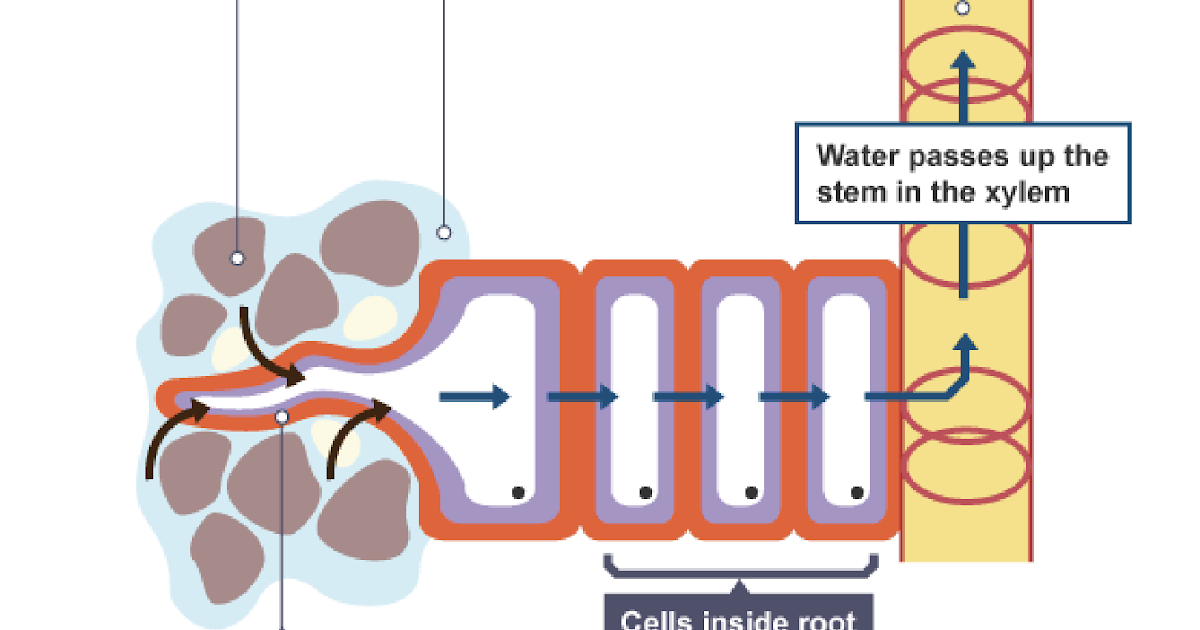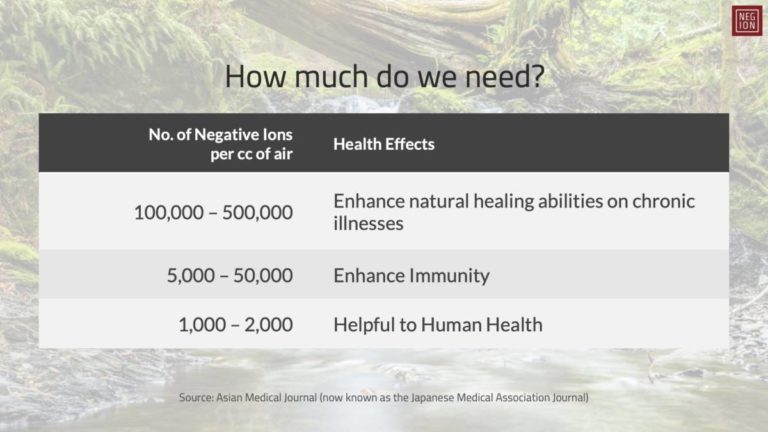

Initio treatments have found the symmetric hydrogen-bonded The Zundel cation H 5O 2 + in acetonitrile solution It has a strong hydrogen bond (159 kJ ˣ mol −1) that reduces to -69 kJ ˣ mol −1 when stretched to 0.244 nm and -20 kJ ˣ mol −1 at 0.431 nm. The asymmetric structure (top left) of H 5O 2 + is found to be more stable using The potential energy barrier (≈ 2 k J ˣ mol −1) for the proton switching from asymmetrically positioned water molecules (see above right) is very low compared with the vibrational energy of the proton (shown blue). H 5O 2 + Energy diagram and the zero-point vibrational energies The two H 5O 2 + dihydronium ions with closely matched energies, where the proton is asymmetrically (top) or symmetrically (bottom) centered between the O-atoms. The hydroxonium ion binds strongly to another water molecule in two possible manners (in a vacuum). H 5O 2 + showing the unequally spaced hydrogen bond (above)Īnd equally-spaced hydrogen bond in the C2 form (bottom) This is confirmed by infrared spectra that show that the presence of an H 3O + ion extends to affect the hydrogen-bonding of at least 1one hundred surrounding water molecules. The bias towards donated hydrogen bonds, within the two-shell H 21O 10 + ion cluster, requires that a zone of broken hydrogen bonds surrounds it. Second-shell water molecules also donate two hydrogen bonds (but accept only one with a relatively weak hydrogen bond) with strengths still fractionally higher than bulk water. The polarization causes these first shell water molecules to each donate two further hydrogen bonds (but also accept little), with strengths still somewhat higher than bulk water. This effectively means that the H 3O + cation can be considered as H 9O 4 + in solution. These electrons are spread out over the three protons, and there is no minimum in the electrostatic potential in the expected place.

A recent study of lone pairs shows that the hydronium ion does not possess the expected lone pair (see the 3a 1 HOMO). It has been shown that H 3O + can donate three hydrogen bonds (but accepts almost none) the strength of these donated hydrogen bonds being over twice as strong as those between H 2O molecules in bulk water. However, the energy differences between different cluster types in aqueous solution are slight, and interconversions take place rapidly. The lifetimes of the clusters are independent of the lifetime of individual linkages. They are not fixed structures in aqueous solution but exist as 'flickering' clusters, as with other water clusters, with continuously coming and going. All hydrogen ions are formed from a 'core' H 3O +. This (hindered) umbrella motion of H 3O + has a broad absorption band centered at ~1337 cm −1. Pathway to rotation within dynamic hydrogen-bonded This may occur as an alternative, or even preferred, With less activation energy than that of a hydrogenīond. The H 3O + structure can invert (like a wind-blown umbrella, see also aqueous ammonia)

The energy of inversion for H 3O +, from The X-ray absorption of isolated H 3O + cations have been reported at the O 1s edge, with H 2O + cations analyzed for comparison. The protons' hydration structuring is dynamic and complex due to their ultrafast hydrogen-bonded fluctuations together with the low energy barriers separating the different proton hydration configurations. It forms the core of the 'Eigen' (H 9O 4 +) cation and the wings of the 'Zundel' (H 5O 2 +) cation, a described later. Its molar volume is -5.4 cm 3 ˣ mol −1 due to electrostriction. H 3O + has an effective ionic radius of 0.100 nm, somewhat less than that of the H 2O molecular radius (0.138 nm). H-O-H angle 106.7° ) with C 3 v symmetry and equivalent protons. Values of O-H bond length 0.961 Å, H-O-H angle 114.7° e this may be compared with the significantly different calculated liquid values of O-H bond length 1.002 Å, Trigonal pyramidal structure (with calculated gas-phase Initial hydration forms the hydroxonium ion (H 3O +) (commonly called the hydrogen ion and isoelectronic with ammonia, NH 3). The bare hydrogen ion (a proton) has an extremely high charge density (≈ 2 ˣ 10 10 that of Na +), readily hydrates, f and cannot exist freely in solution. The structure and dynamics of the hydrogen ion in liquid water and the gas phase have been reviewed. Hydrogen ions are molecular ions with the formula H 3O +(H 2O) n, formed by adding a proton to one or more water molecules. Hydrogen ion (H 3O +) as a partially flattened pyramid


 0 kommentar(er)
0 kommentar(er)
